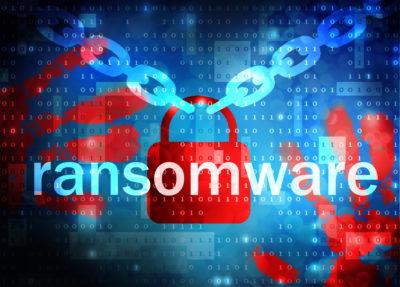They are waiting in the dark recesses of the web: digital highwaymen ready to attack. A new threat has emerged – ransomware – and even on familiar ground you may suddenly be faced with the choice: ‘your money or your files?’
Beware the digital highwayman
Online criminals’ weapon of choice is ransomware; a type of malware which encrypts your data, locking you out of your files until you pay the ransom. In 2015, ransomware caused losses of more than $325m (£248m) worldwide and is increasing at ‘an alarming rate’.
Online criminals like ransomware because it is profitable and hard to trace. They can buy ‘exploit kits’ online, so they don’t even need to go to the trouble of writing their own malware. Being anonymous is no defence: small businesses are more vulnerable to attack because they lack the security resources of larger companies.
You can get infected through social media attachments and websites containing infected software or advertising. The most common form of attack is an email with a link to a website or an attachment containing the malware itself.
The crooks’ demands are often small – perhaps a few hundred pounds. So should you just pay and forget (if not forgive)?
No more ransoms, no more ransomware
The ‘No More Ransom’ project says ‘no’. Remember, you are dealing with dishonest people and there is no guarantee they will just walk away once they know you’re willing to pay. They could just come back and ask for more. There is also no certainty that their demands will stay low either. The price of ransomware looks set to increase based on the value of the locked information.
Protect and survive
Instead of paying up, prevention is better than cure. There are many ways to protect yourself.
- Install security software. Stop ransomware from hitting your computer in the first place with anti-malware software and company-wide email filtering. Consider using website ad blockers as well. Make sure all your computers and applications are up to date with the latest patches and updates.
- Back up consistently. If you back up your files to the cloud then there is no need to pay any ransom. Why pay for something you have not lost? Just erase the infected computer and restore the latest backup. However, choose your online backup carefully. However, your backup may contain infected files so you need to choose a backup system that reduces this risk.
- Educate users. The SANS Institute recommends that companies train staff to spot fake emails, avoid clicking on unsafe links and to cut the risk of social engineering.
- Create a plan. As these attacks become more sophisticated, it’s important to plan how you will react to a ransomware infection. Who are you going to ask for help? You should also have an effective security response plan which not only focuses on prevention but addresses what to do if infected. Even better is a security plan that prevents infection in the first place.
Ransomware has forced one in five infected businesses to shut down this year. Cisco says unless businesses take action, instances of ransomware will rise. However, with planning and foresight you can avoid this cruel fate. If you follow our advice you can protect your data and never find yourself having to ‘stand and deliver’.




